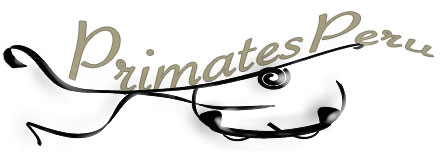Understanding Aperture – camera fundamentals
This white-lined leaf frog, Phyllomedusa vaillanti, walks along a branch. Shot at f/8 and 1/60 sec with a touch of flash to fill in the colors gives enough depth of field to render the important aspects of the frog sharp but keeps the background vegetation blurry and prevents it from distracting from the frog.
The art of photography involves understanding composition, color theory, lighting, and the technical aspects of capturing images through the two components of the camera itself: shutter speed and aperture. Shutter speed can freeze an animal mid jump or smoothly blur a waterfall. It plays with motion which is not often my first consideration. Aperture controls how much of an image is in focus – also called depth of field (DoF for this entry). Technically DoF is controlled by aperture and magnification of the subject. It involves a branch of physics called optics, relies on numerous formulas, and an aptly named phenomenon called circle of confusion. There are lots of resources out there to explain DoF but I found most of them do more to scare off the new photographer than teach them to embrace this important part of photography. This blog entry was the result of an email exchange I had with a good friend wanting to get into photography. I explained that for most people aperture is the most important camera function to learn and control. Why? Because as photographers we not only want to control what images people see but how they are seen. We want to control the elements in the frame and we want to control what is in focus to enhance the interest in the image. And I felt the best way to do this was through examples from my own image library.
This small dart poison frog, Amereega bilinguis, was shot at very close range using a 105mm macro lens at f/5.6 for 1/60 sec. The largish aperture produces an extremely small depth of field at this close range, rendering barely just the eye sharp.
The same frog shot at a very small aperture f/22 now yields a sharp frog. Of course to make up for the very small aperture I can no longer rely on ambient light for my subject so the use of flash becomes more obvious. Ultimately, which is better is a matter of taste, the photographer’s goal, or need in conveying information from the image.
Remember, this is a simplification for the sake of easier understanding: DoF is controlled by aperture, lens focal length, and distance to subject. Combining all 3 of these elements allows unlimited creativity. The first set of examples will be mostly of animals and the second will use some plants. Why the difference? In wildlife photography the most important thing to keep in mind is that an animal’s eye must always be in focus – that is unless you have a very specific artistic reason not to. This somewhat limits your creativity. The second half will show some examples where I used focus points and DoF to ‘artistically’ control the image.







2 comments
Hi Tim,
I can’t get enough of your work. In fact I have been staring at it at work for far too long. I just read your aperture article and have a question about flash. I’ve been using the 105mm Nikon macro lens and am having trouble with DOF, i.e. not enough of the subject is in focus. Does flash have an effect or am I probably too close and need to back off a little? Thank you
Lyle, flash won’t effect DoF. The distance to subject (more magnification – closer is less DoF) and aperture size (smaller aperture [bigger f/#] the greater the DoF). I suggest putting your Nikon in Aperture priority (A) mode. Then selecting an aperture to get your desired effect. Start with f/11 then go smaller (f/16, f/22) and see what results you get. The flash will give you more light which allows you to shoot those small apertures. Nikon’s CLS (advanced flash lighting meter system) will compensate the power of the flash to give you a shutter speed fast enough to freeze the subject. It gets more technical from here but this is a start.